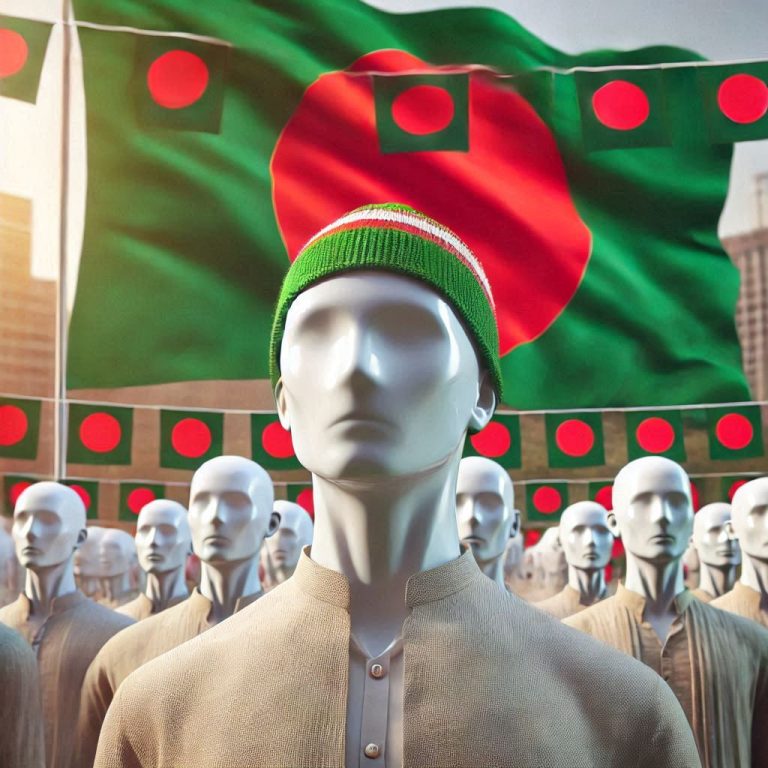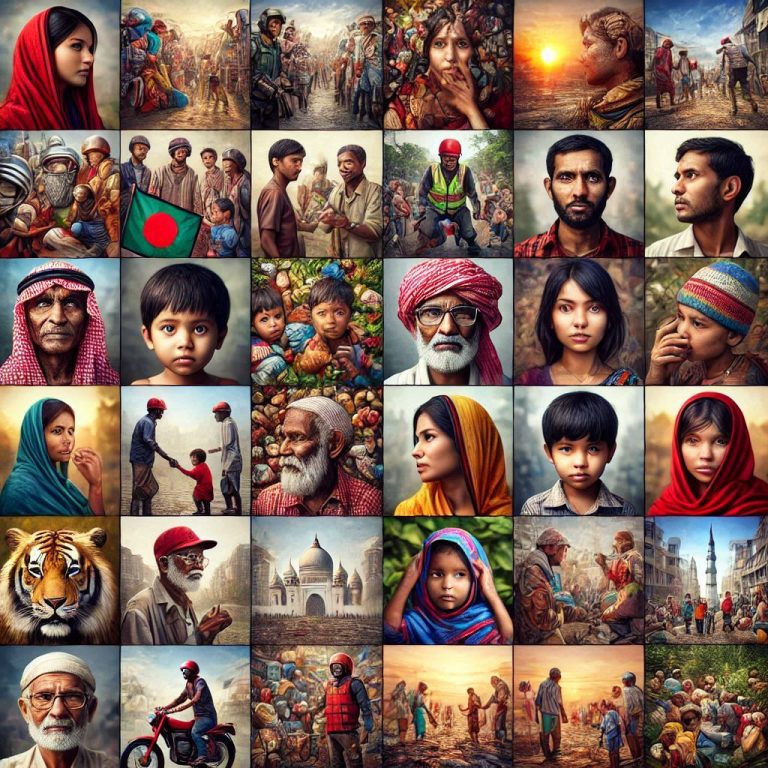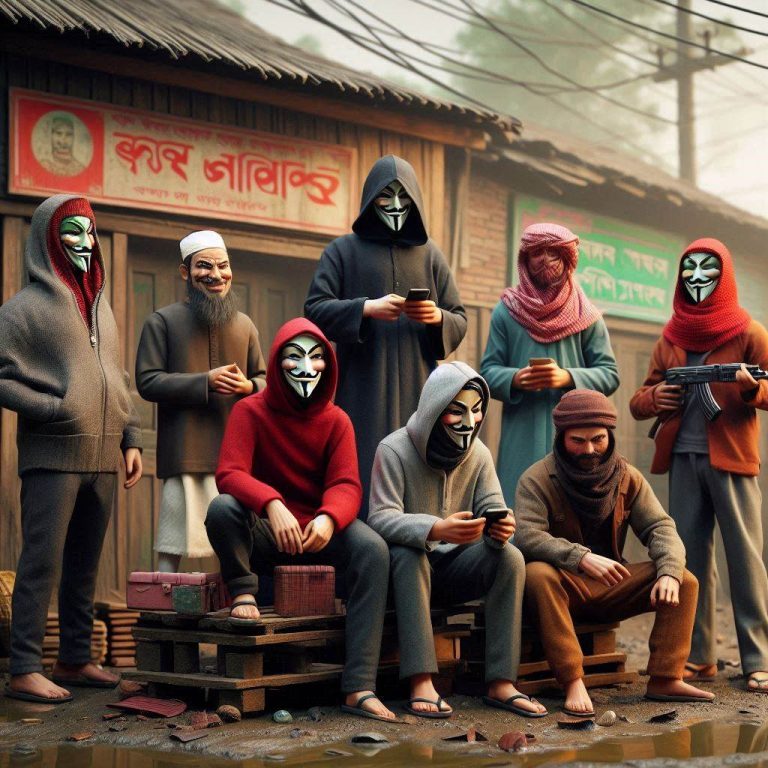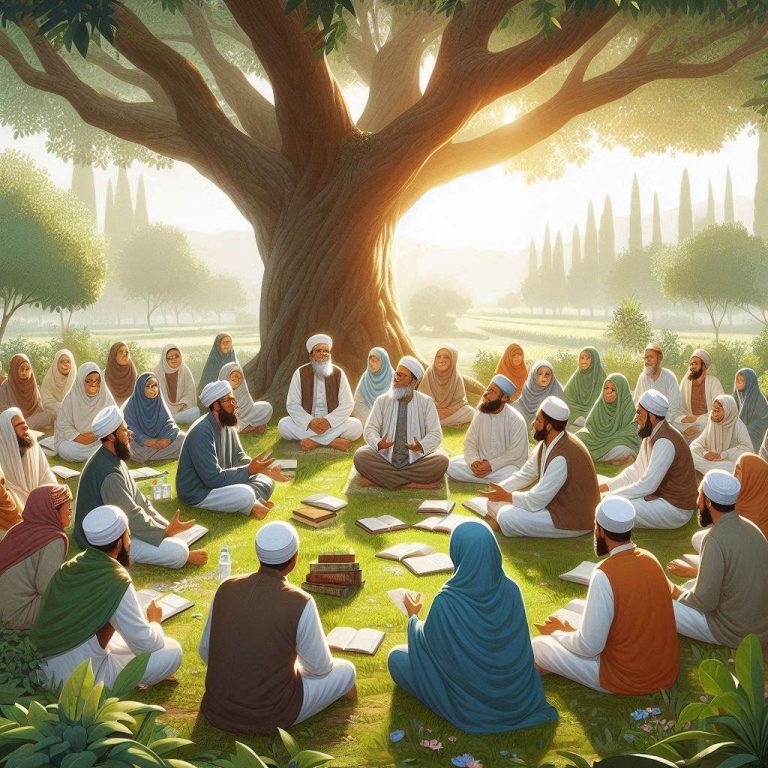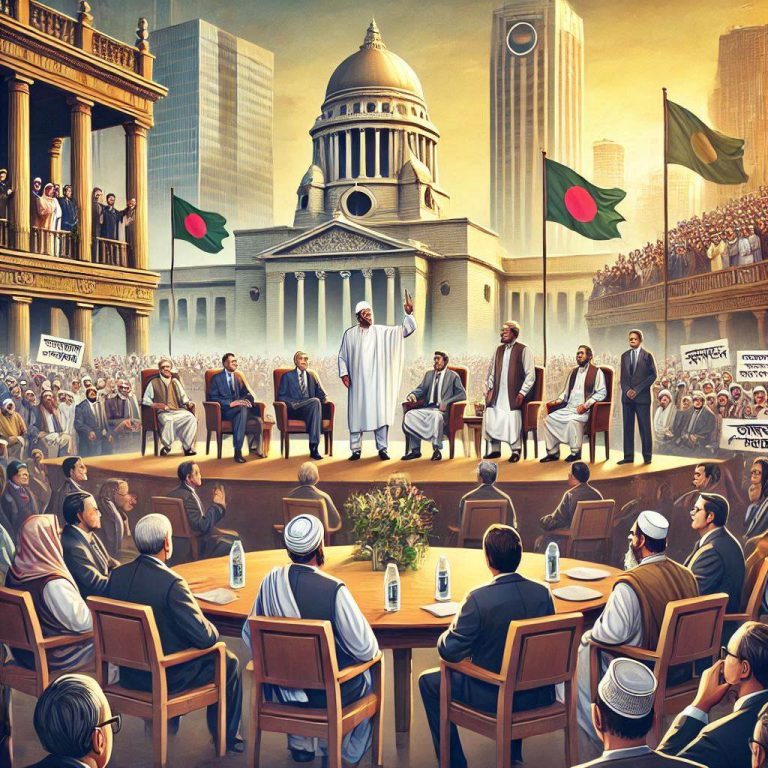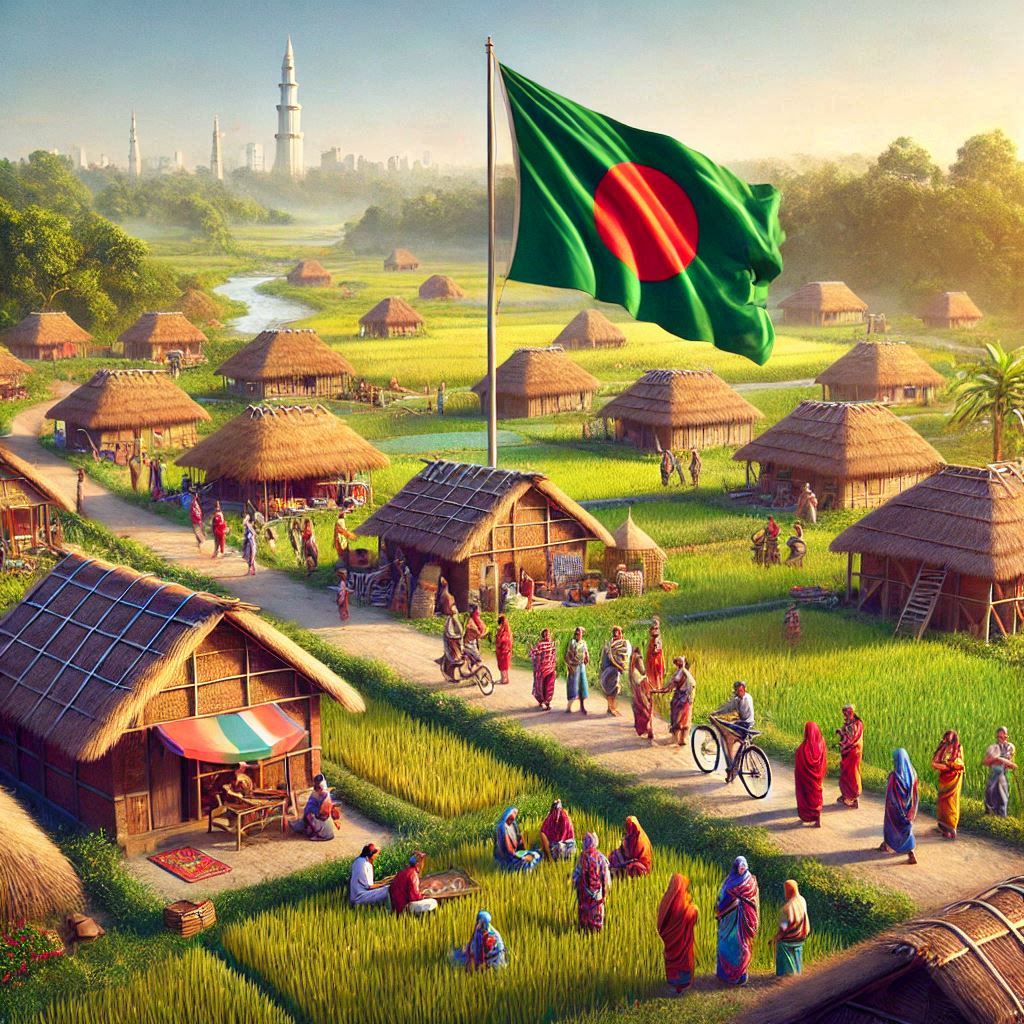
Introduction.
Bangladesh, with its profound historical and cultural heritage, is a nation that epitomizes resilience and identity in South Asia. This land, filled with scenic beauty and vibrant urban life, reveals a past enriched by empires, colonialism, and the unwavering quest for freedom. The history of Bangladesh is more than just a series of events; it is a tale of its people’s indomitable spirit, cultural synthesis, and political evolution. This article explores the historical journey of Bangladesh, from its ancient origins to its present-day sovereignty.
Ancient and Medieval Periods.
The area now known as Bangladesh has been home to human settlements for thousands of years, with evidence of habitation dating back to the Neolithic era. Early history here is closely linked with the ancient kingdoms of the Indian subcontinent. The Maurya and Gupta Empires, which ruled vast parts of India from the 4th century BCE to the 6th century CE, significantly influenced the region, introducing Buddhism and later Hinduism.
From the 8th to the 12th centuries, the Bengal region thrived under the Pala Dynasty, noted for its promotion of Buddhism and major contributions to art, architecture, and education. The Sena Dynasty followed, with Hinduism playing a pivotal role in the cultural and religious transformation of Bengal. The arrival of Islam, marked by Bakhtiyar Khilji’s invasion in the early 13th century, brought the region under the Delhi Sultanate’s rule.
Mughal Period.
The Mughal Empire’s reign, from the 16th to the 18th centuries, ushered in an era of prosperity and cultural development in Bengal. As the wealthiest province of the Mughal Empire, Bengal, known as the “Paradise of Nations,” saw its capital Dhaka become a major trading hub famous for fine muslin and silk. The Mughal administration’s policies of religious tolerance and encouragement of trade and agriculture fostered economic growth and social stability.
Colonial Era.
European traders began arriving in the late 15th century, with the Portuguese, Dutch, and British leading the way. The British East India Company’s victory at the Battle of Plassey in 1757 heralded the beginning of British colonial rule in Bengal. The establishment of the Bengal Presidency under British control brought profound socio-economic changes, introducing Western education, modern infrastructure, and new administrative systems, albeit at the cost of exploitation, famines, and economic inequality.
The 19th-century Bengal Renaissance emerged as a cultural and intellectual response to British rule, advocating for social and religious reforms. Leaders like Raja Ram Mohan Roy and Ishwar Chandra Vidyasagar championed education, women’s rights, and rationalism, leaving a lasting legacy on Bengali society.
Partition and Independence Movement.
In 1905, the British partitioned Bengal to weaken the nationalist movement, sparking widespread protests and leading to its reversal in 1911. The idea of a separate Muslim homeland gained traction in the early 20th century, culminating in the partition of India in 1947, when eastern Bengal became East Pakistan and the western part became the Indian state of West Bengal.
Cultural and linguistic differences between East and West Pakistan soon surfaced, leading to growing discontent in East Pakistan. The Language Movement of 1952, demanding recognition of the Bengali language, was a crucial moment. Economic exploitation and political marginalization further fueled the demand for autonomy.
War of Independence.
The quest for independence peaked in 1971 when West Pakistan refused to recognize the Awami League’s electoral victory under Sheikh Mujibur Rahman. Protests and civil disobedience erupted in East Pakistan, and the Pakistani military’s brutal crackdown on March 25, 1971, ignited the Bangladesh Liberation War. This nine-month war witnessed immense suffering and atrocities, but also remarkable resilience and unity among Bengalis.
India’s military intervention in December 1971 shifted the balance in favor of the independence movement. On December 16, 1971, the Pakistani military surrendered, and Bangladesh emerged as an independent nation.
Post-Independence Era.
The early years of independence were marked by challenges such as rebuilding the war-torn economy, establishing political stability, and addressing social issues. Sheikh Mujibur Rahman, the founding father and first Prime Minister of Bangladesh, laid the foundation for a secular and socialist state. However, political turmoil, economic difficulties, and natural disasters presented significant obstacles.
Sheikh Mujibur Rahman’s assassination in 1975 led to political instability and military coups. Bangladesh eventually transitioned to democracy in the 1990s, though it faced periodic challenges to governance. Despite these hurdles, Bangladesh has achieved significant progress in economic growth, education, and social development.
Summary.
The history of Bangladesh reflects the resilience and determination of its people. From ancient kingdoms and Mughal splendor to colonial exploitation and the struggle for independence, Bangladesh’s journey is marked by triumphs and tribulations. Today, Bangladesh is a vibrant nation, proud of its cultural heritage and committed to progress and prosperity. The history of Bangladesh is not just a series of events but a celebration of its enduring spirit and aspirations for the future.

